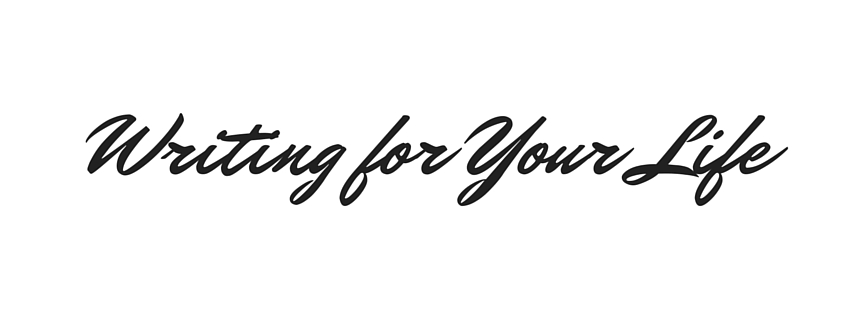Not to blame our English teachers—I was one—but most of our rotten assumptions about revision originated early, with a teacher’s red pen. Remember your first ventures onto the page? Chances are they were met not with questions, conversation, or imaginative prodding but with corrections. When our early readers reacted to spelling rather than content, they taught us that content is static. When they assigned a grade to our work, they taught us that others’ judgments determine the value of our thoughts. The occasional request for revision usually meant a chance to fix mistakes.
This is why people think revision means correcting typos, considering word choice, or restructuring sentences. As a result revision seems dull, mechanical, and perfectionistic. All the fun—the buzz of invention—is over.
But that isn’t revision; that’s editing. By addressing the text’s surface rather than probing the depths of content and craft, our early teachers taught us to attend to the mechanics of language at the expense of substance. That heaviness we sometimes feel toward a rough draft, as though the words are carved in stone, is the unfortunate result of these early lessons. We can’t imagine why a draft should change, or how.
from “Living Revision: A Writer’s Craft as Spiritual Practice” by @Elizabeth Jarrett Andrew @Skinner House
